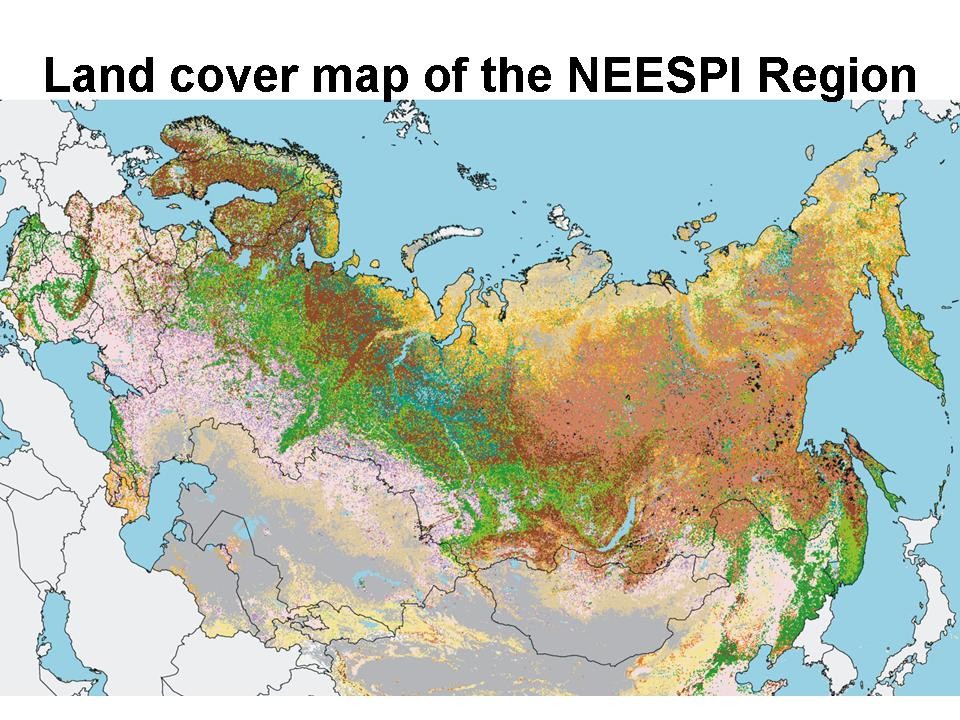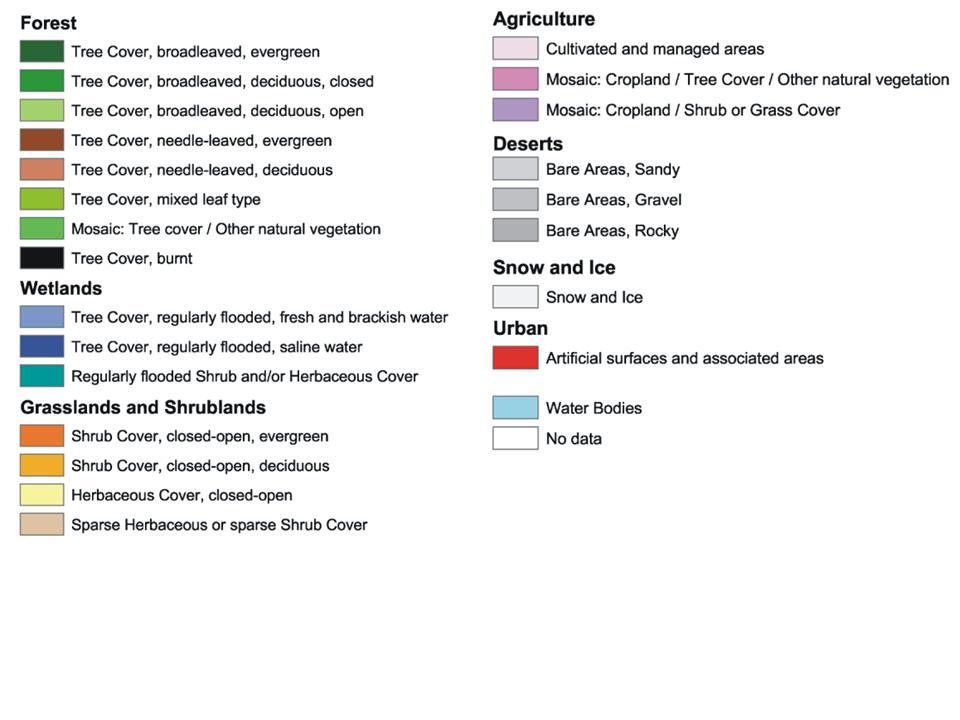![]()
Background
The NEESPI’s Strategic Evolution
NEESPI is intended to be a broad-based international program of supported research, and it is currently on a developmental path to realize this goal. However, bringing all potential stakeholders into the process requires time and advocates to develop the strategy, inform the potential partners and follow through in organizing their involvement into the program. The principal early participants, or advocates, in the NEESPI have been the U.S. via NASA and NOAA and Russia via the Russian Academy of Sciences. The principal task undertaken by these founders of the NEESPI has been pulling together and international team of scientists to discuss the unique and priority research interests for the northern Eurasia region and writing a first, complete edition of the NEESPI Science Plan. Following a formal agreement in October of 2002 between NASA and the RAS to work together to develop the NEESPI, these two agencies have sponsored two major workshops (Suzdal, Russia - April 2003; and Yalta, Crimea - September 2003) to bring together a multidisciplinary and internationally representative group of scientists to draft a NEESPI Science Plan. From its origination, the group was composed by scientists from the United States, European Union, Russia, Japan, Ukraine, Kazakhstan, and Mongolia, totally more than 90 individuals representing broad academic community of variety Earth Science disciplines. Totally, scientists from 11 countries participated in preparing the NEESPI Science Plan that allowed to develop a very inclusive program of studies.
At the Yalta workshop, the first draft of the NEESPI Science Plan was presented, evaluated, and criticized by an External Panel of Experts from EU, Japan, China, Ukraine, Russia, and the United States. During the following 10 months, the Science Plan Development Team via series of group meetings and extensive e-mail exchange, had addressed all recommendations of the Panel and prepared the current version of the Science Plan. In the mid-2004, the Plan and its Executive Summary were released to the public via this web site. Since its release, the Plan was intensively used in preparations of research proposals in the United States, European Union, Russia, and Ukraine.
Since 2004, NEESPI participants were able to seed a first set of proposals to the U.S. Agencies (NASA, NOAA, and NSF), European Commission (INTAS), and to the International Polar Year (IPY). Some of these proposals have already been funded (52 of them) but a large group is still under review. NEESPI proposals were part of the unsuccessful EU Mega-Proposal (NORTH) but several other joint international proposals targeting East Asia (within the border regions of China, Mongolia, and Russia), Kazakhstan, Ukraine, European Russia, and Siberia survived the competition. Recently, the NEESPI program was successful in obtaining internal Russian funding through the Special Program of the Presidium of the Russian Academy of Sciences dedicated to the Initiative. When all of these funds come together, NEESPI will be able to unveil unprecedented opportunities for research in Northern Eurasia, the largest land mass of this globe.
Northern Eurasia Study Region

|
 |
NEESPI's Nominal Boundaries
15 E Longitude in the west
Pacific Coast in the east
40 N Latitude in the south
Arctic Ocean coastal zone in the northIn fact, the NEESPI study area is loosely defined within these boundaries. Territory of the former USSR, Fennoscandia, Eastern Europe, Mongolia, and North China are all included in this area. All landscapes and components of the terrestrial biosphere, including the hydrology and atmosphere, that are interactive for purposes of Earth science investigation (to include the human impacts) are considered a part of NEESPI study area.Figure. NEESPI study area includes Former Soviet Union, Northern China, Mongolia, Fennoscandia, Eastern Europe and the coastal zone of these countries. Inserted map shows land cover for the region. Source: European Commission, Joint Research Center (Bartalev et al. 2003; Bartholomé and Belward 2005).
Challenges
Northern Eurasia today presents significant challenges for foreigners conducting research within its territory. Foreign scientists have had difficulty with government security organizations. Internal institutional conflicts and their serious need for financial resources can be problematic. Because of this, there exists considerable resistance within U.S. and EU agencies to support research in Northern Eurasia. A plethora of bureaucratic problems need to be dealt with at the highest levels of the regional governments regarding institutional partnering, customs procedures and fees, importation of scientific equipment, fiscal responsibility, etc. for a large-scale, integrated research program to succeed.